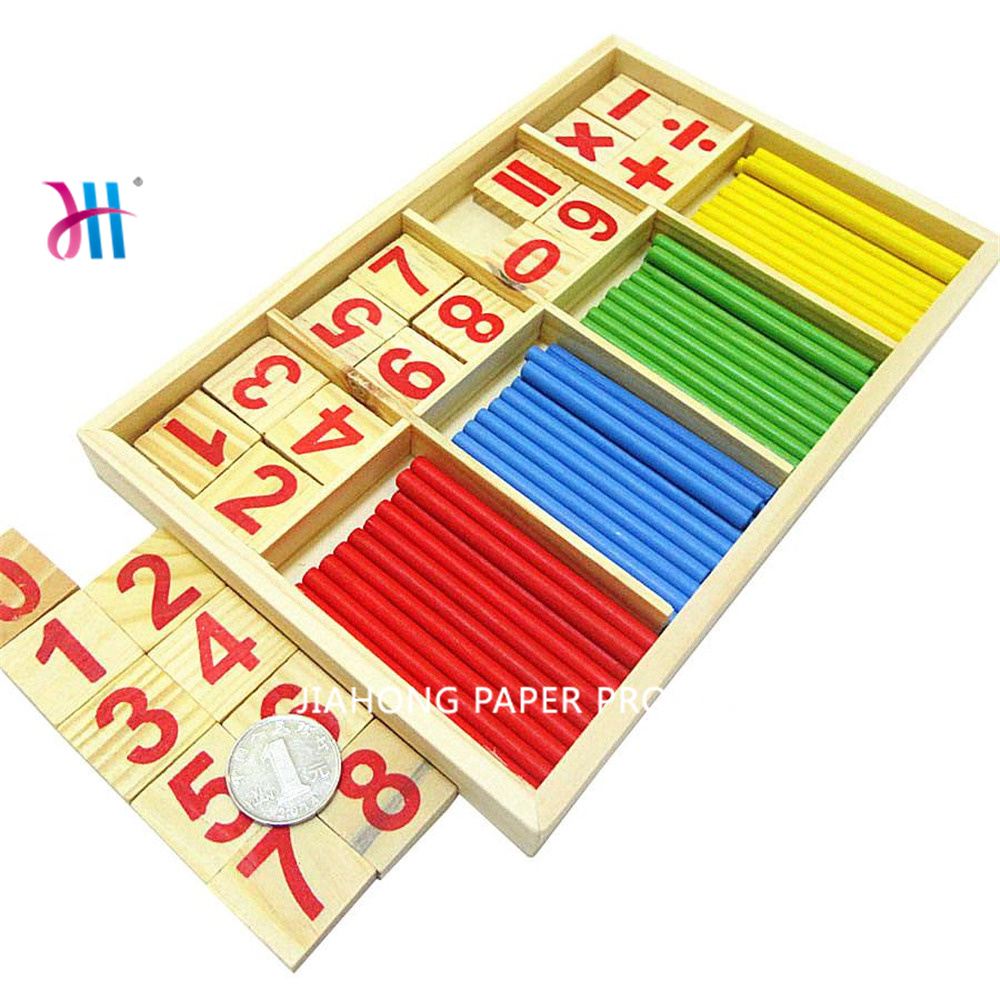Children's counting sticks play a significant role in teaching and developing mathematical skills in young children. Here are some key benefits and the role they serve in teaching:
1. Counting and Number Recognition:
Counting paper sticks provide a tangible and visual representation of numbers. Children can physically touch and manipulate the sticks while counting, which helps them develop one-to-one correspondence skills and associate each stick with a specific number. It assists in building a foundation for number recognition and understanding the concept of quantity.
2. Numerical Operations: Counting sticks can be used to introduce basic mathematical operations such as addition and subtraction. Children can group sticks together, combine them, or take away sticks to understand the concept of addition and subtraction in a concrete and visual manner.
3. Place Value Understanding: Counting sticks can be bundled or grouped to represent tens and hundreds, aiding in the development of place value understanding. By visually representing the value of each digit, children can grasp the concept of place value more easily.
4. Pattern Recognition and Sequencing: Counting sticks can be arranged in various patterns and sequences to help children identify and extend patterns. This supports their ability to recognize numerical patterns and develop critical thinking skills.
5. Problem Solving and Critical Thinking: Manipulating counting sticks provides children with hands-on opportunities to solve mathematical problems and develop critical thinking skills. They can use the sticks to solve simple addition or subtraction problems, compare quantities, and develop a deeper understanding of mathematical concepts.
6. Fine Motor Skills: Handling counting sticks involves picking them up, moving them, and arranging them, which promotes the development of fine motor skills and hand-eye coordination in young children.
7. Engaging and Interactive Learning: Counting sticks make learning math more engaging and interactive for young learners. They offer a multisensory approach to learning, allowing children to touch, feel, and interact with the materials, making the learning process more enjoyable and memorable.
Overall, counting sticks serve as a valuable tool for teaching mathematical concepts to young children by providing a hands-on and visual representation of numbers and operations. They support the development of foundational math skills, critical thinking, problem-solving, and fine motor skills in an engaging and interactive manner.
